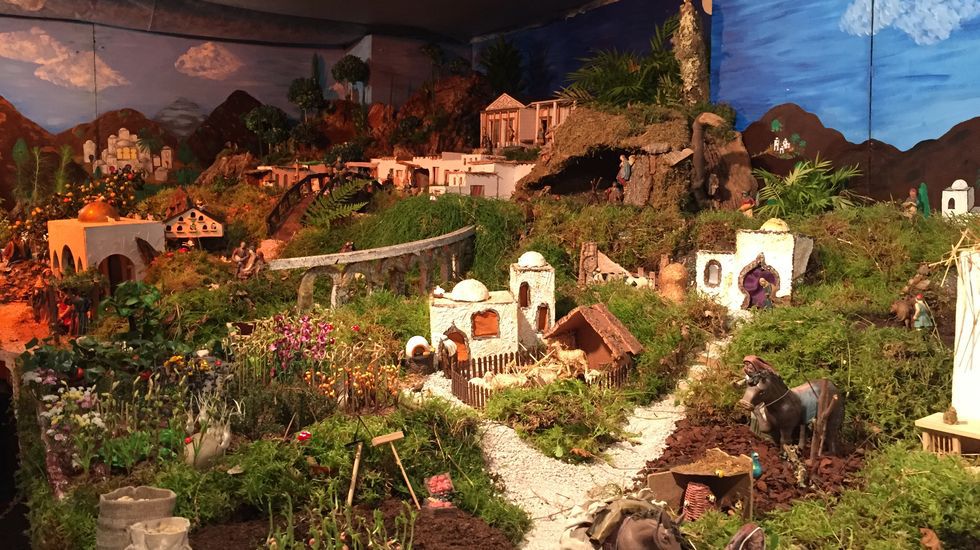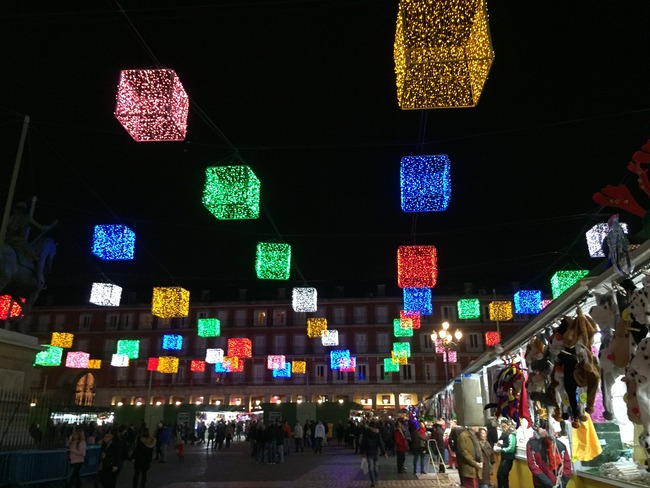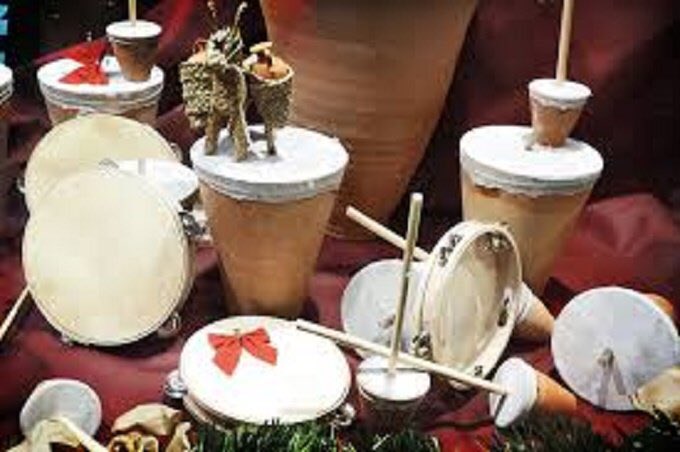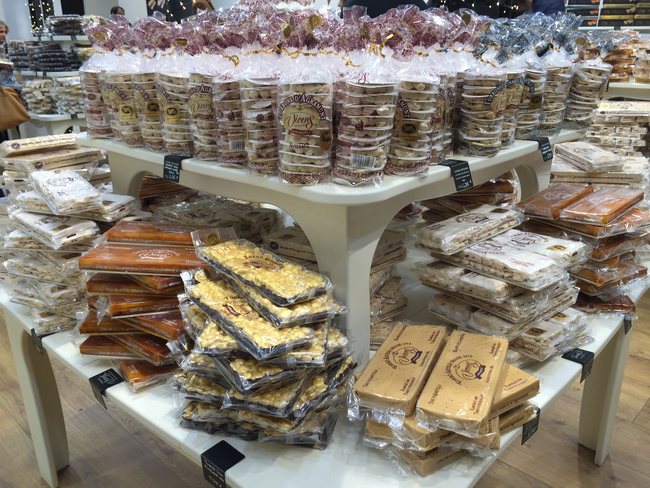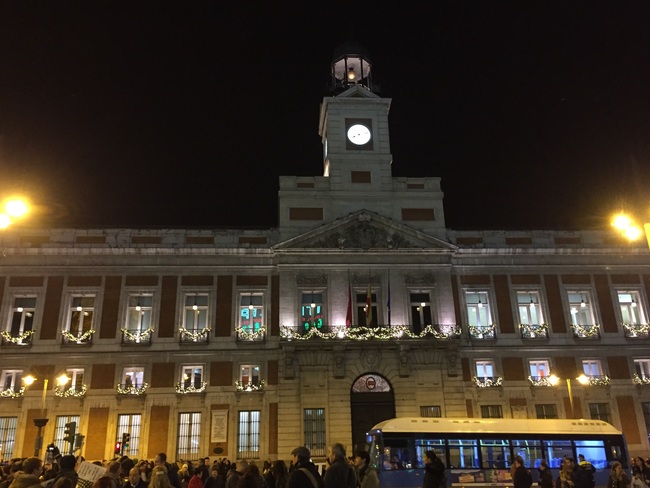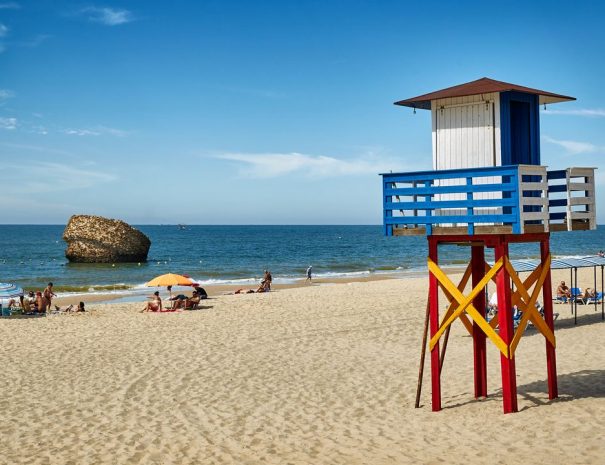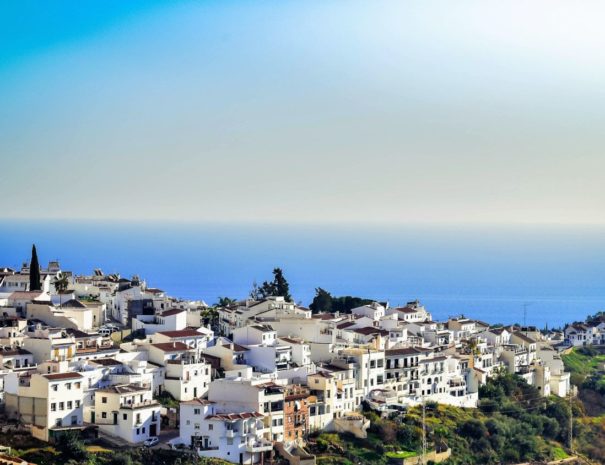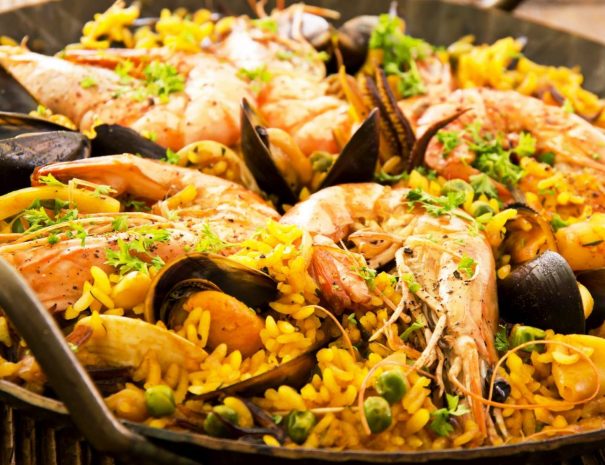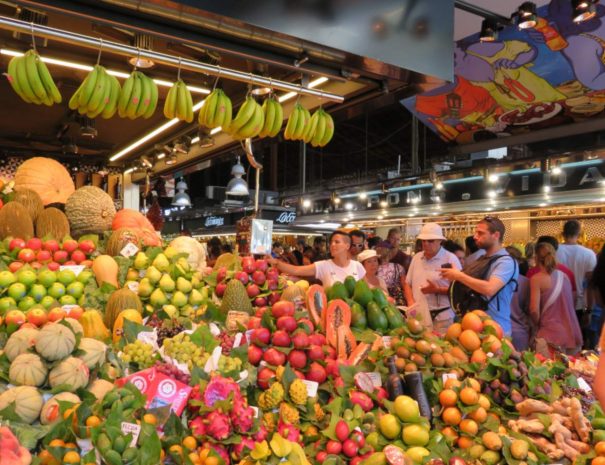
Barcelona market and cooking experience
This is a top-selling paella cooking class in Barcelona and a highly rated class. The activity starts at La Boquería market where guided by a local chef, you will enjoy the stands of this iconic market in Barcelona. You will then proceed to the kitchen class for a very interactive class where you will prepare some simple tapas and superb seafood paella. Enjoy sangria while you prepare and learn to cook paella with a chef and then get ready to enjoy your preparation for either lunch or dinner! … Read More

